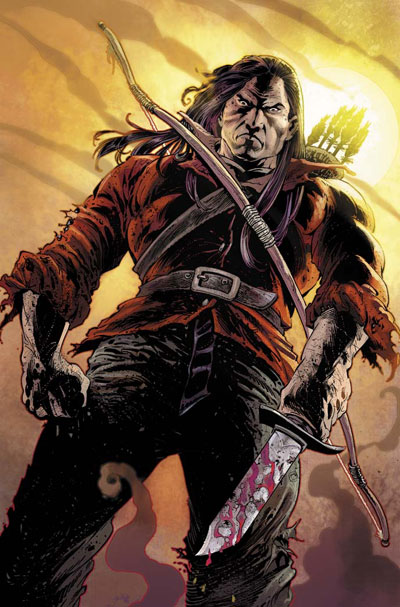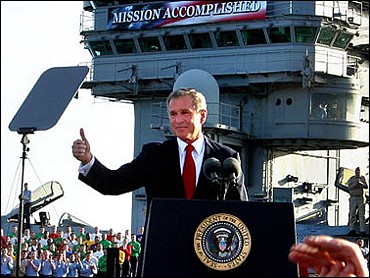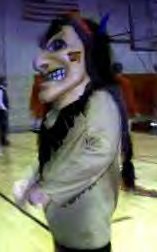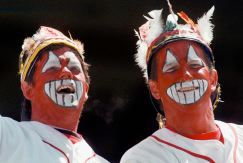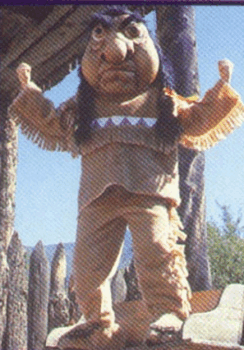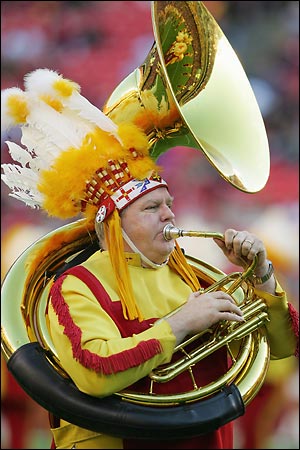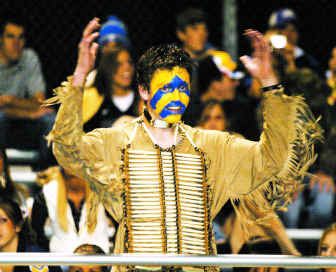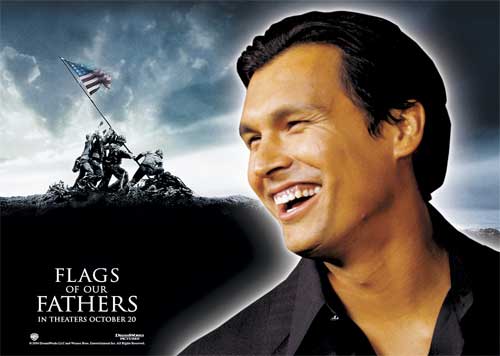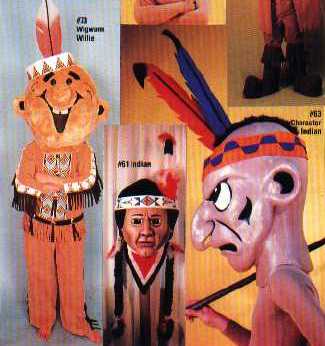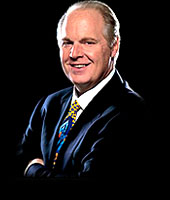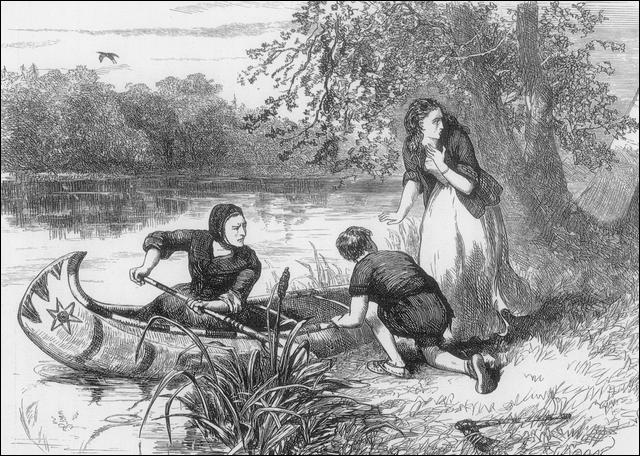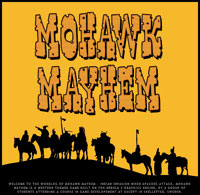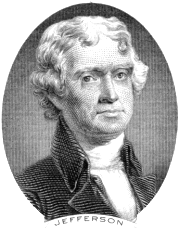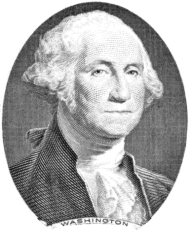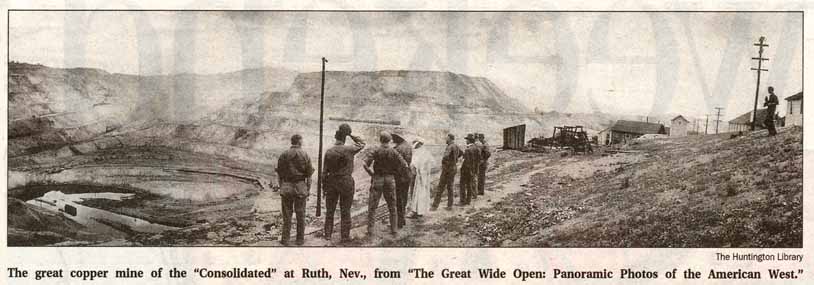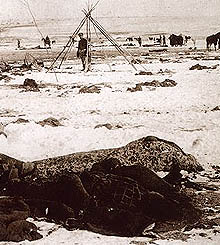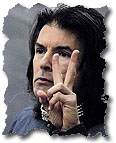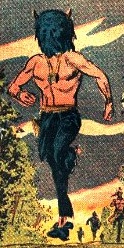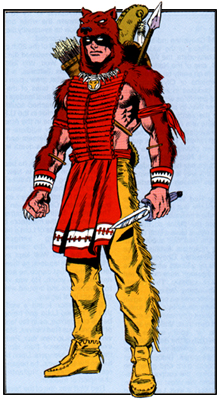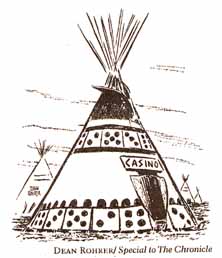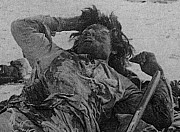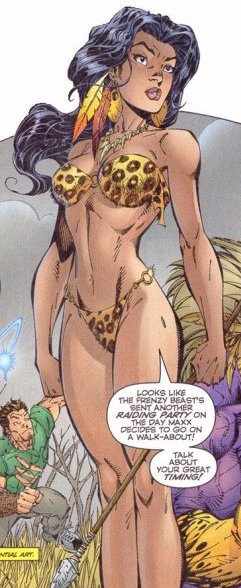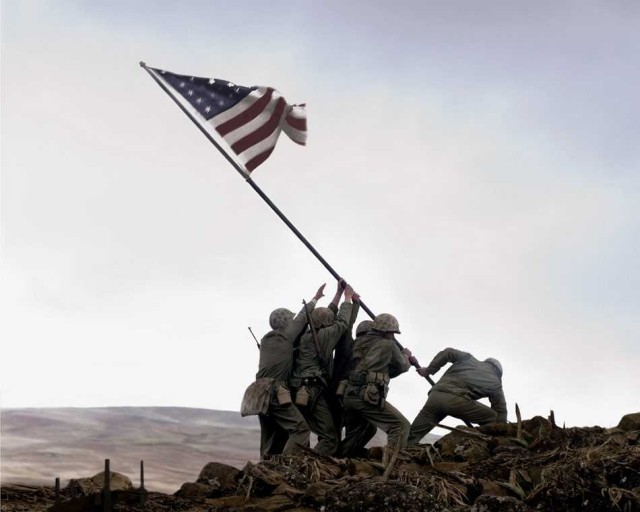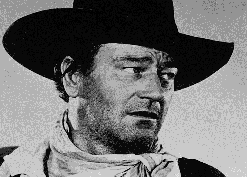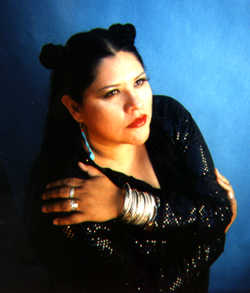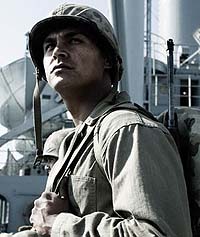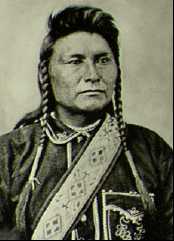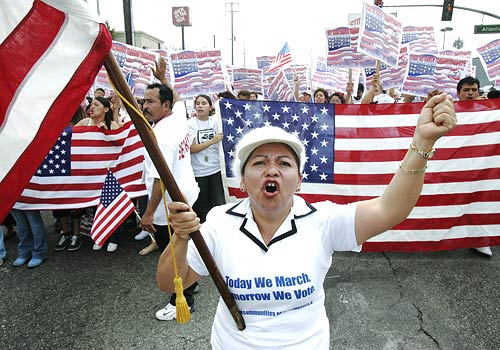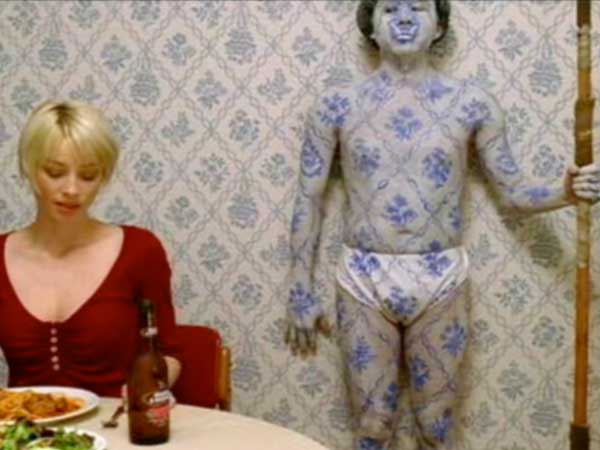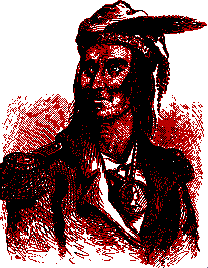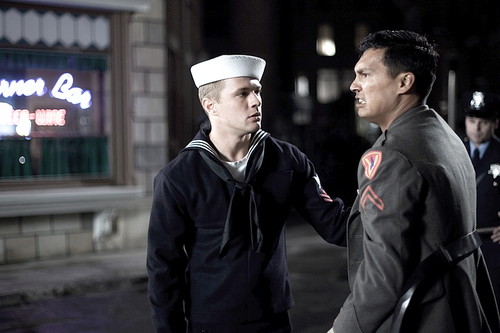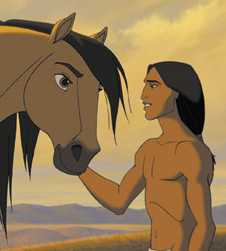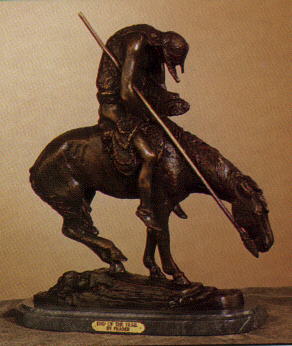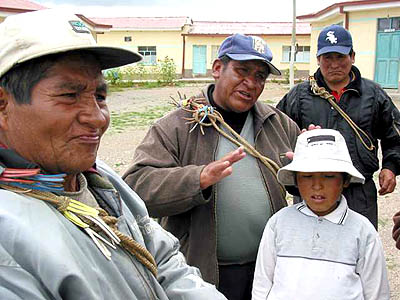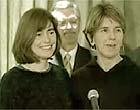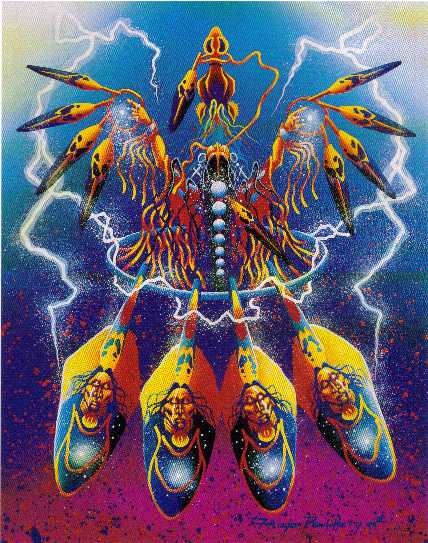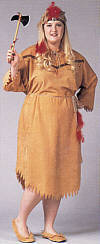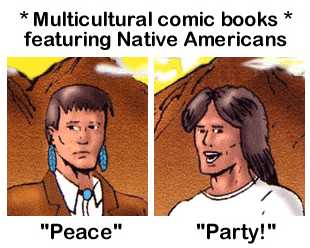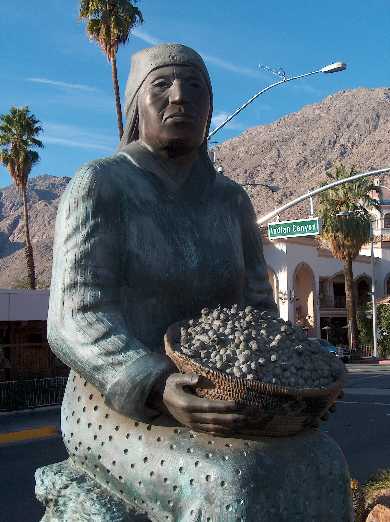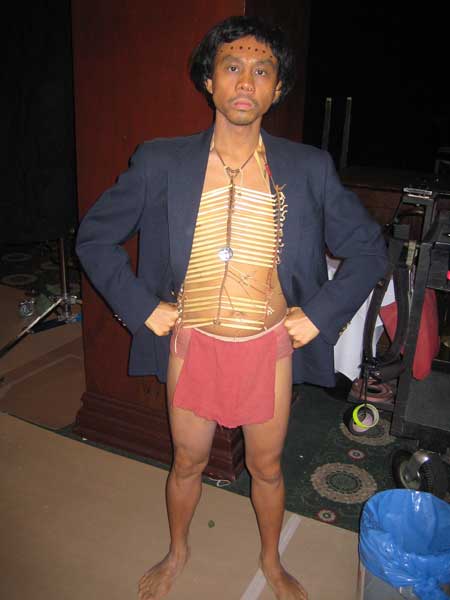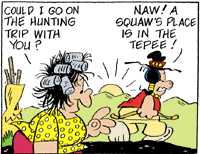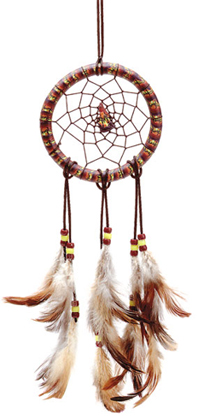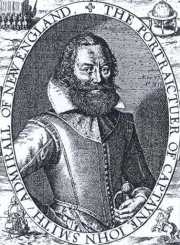Dynamite Comics is publishing a new Lone Ranger comic book. This time the Lone Ranger is barely out of his teens and Tonto is his adult savior and mentor. This Tonto looks like a wild Conan the Barbarian, not a tame Jay Silverheels.
I glanced at LONE RANGER #1-2 but didn't buy them. Although the story seems a little light, John Cassady's artwork looks gorgeous. Here's what the Lone Ranger Fan Club
thinks of #1:
The story is told in a very minimalist way without a lot of narrative and dialog. It flows quickly. The artwork is very detailed and edgy. The flashback scenes appear like worn and scratched images. The comic has a wonderful blend of earth tones accented by vibrant colors when needed.
There are many details that are faithful to the established character mixed with new elements, such as the father. There is some course language that is questionable for a character of the Lone Ranger’s integrity. At one point in the story Tonto makes an appearance and does something that is way out of character. It’s the biggest disappointment in an otherwise superb story.
Over all, the creative team has done an exceptional job blending tradition and new storytelling in a comic that will be pleasing to a wide range of readers from the older Lone Ranger fans to the young comic book connoisseurs. We eagerly await the next installments of this episodic adventure!One interesting note: At the end of #1, Tonto finds young John Reid after desperadoes leave him for dead. On page 1 of #2, Tonto greets the boy with "How." But on page 2, he finishes the sentence by saying "How are you alive?"
This is a clever bit of humor. Writer Brett Matthews (and Tonto, since he's the one speaking) is smart enough to use a stereotype only to subvert it. It's an example of laughing
with Indians, not
at them.
